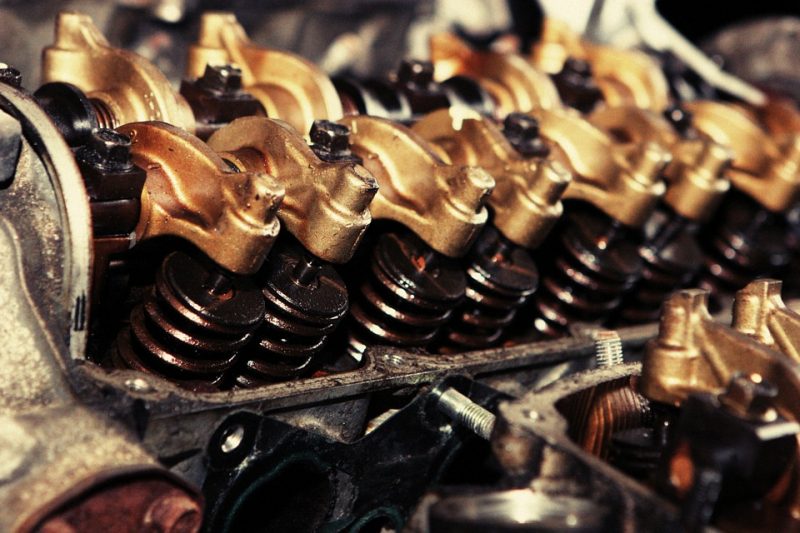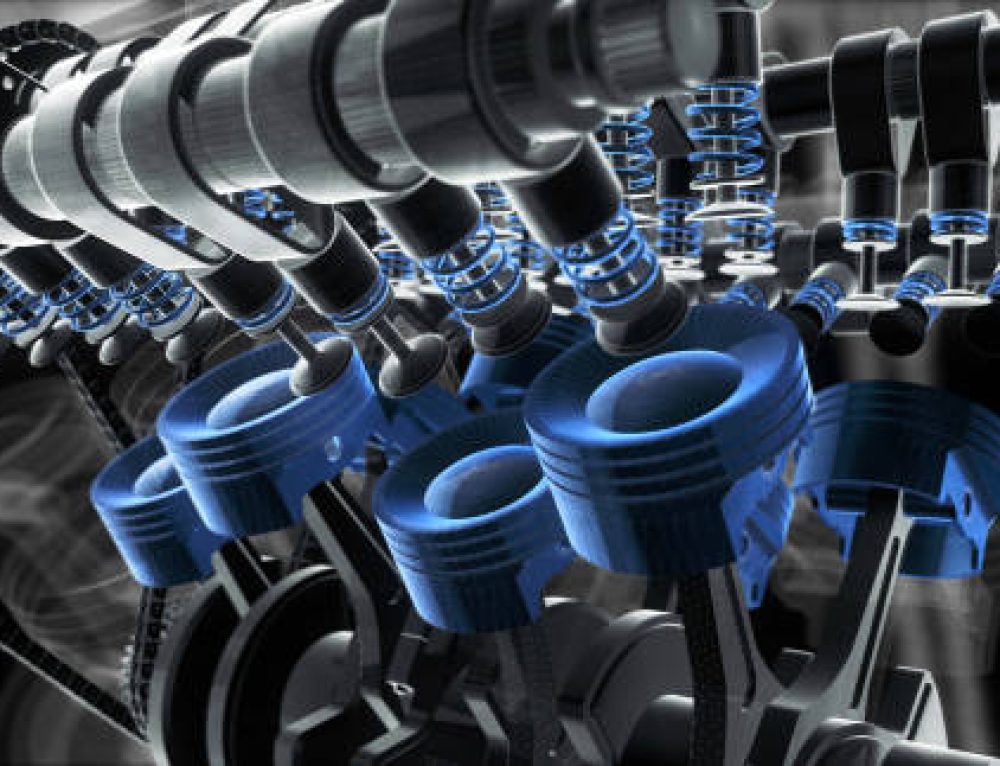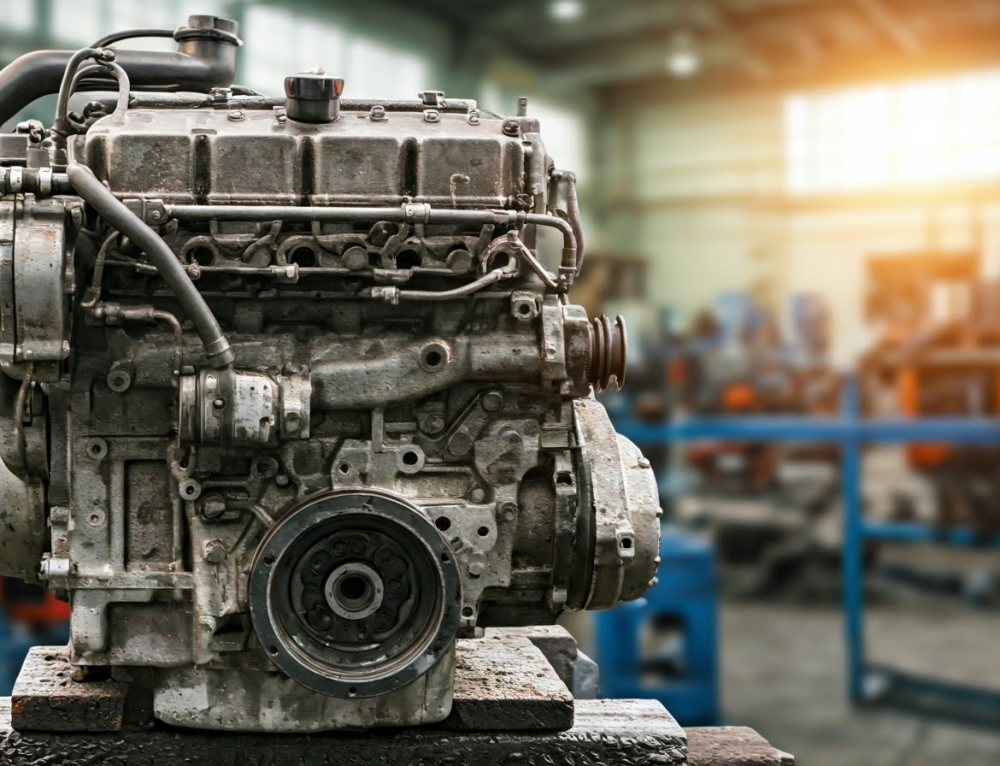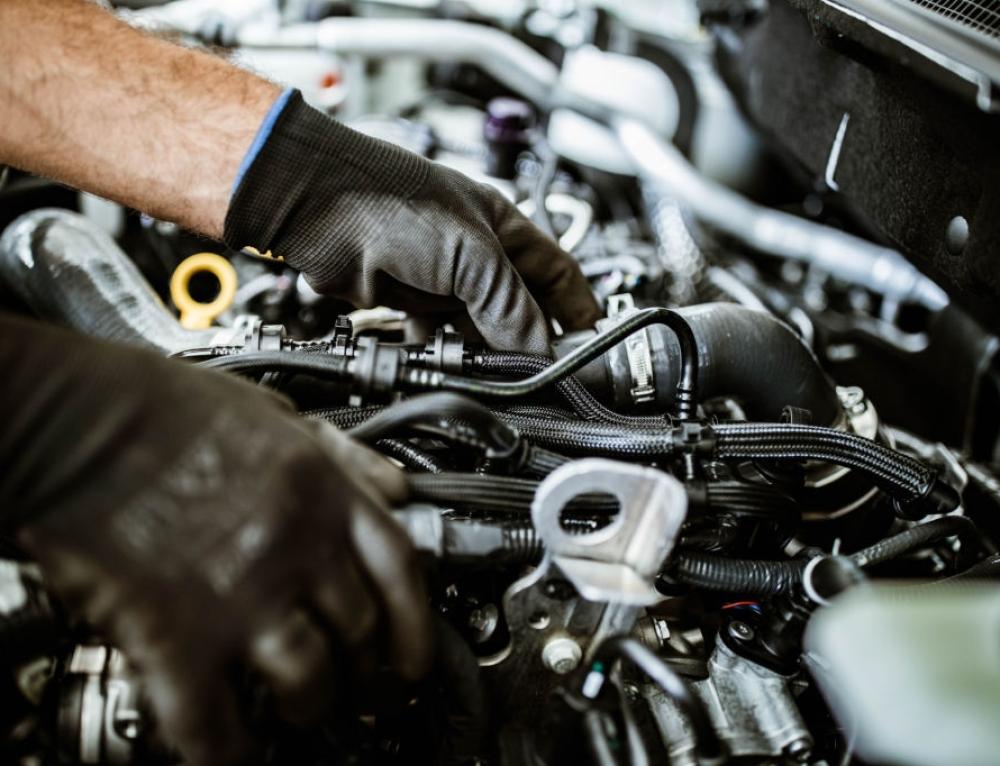How to clean a diesel engine
Summary
- Step 1: Take precautions before cleaning a diesel engine
- Step 2: Heat up the diesel engine
- Step 3: Remove the protective covers
- Step 4: Protect the sensitive parts of the motor
- Étape 5 : Vaporisez un produit dégraissant sur le moteur
- Étape 6 : Appliquez un produit de protection du moteur
- Étape 7 : Nettoyez la zone de travail
Cleaning an engine , diesel moreover, may appear like a daunting and painful operation. Think again, because there are today dedicated products very effective, whose implementation is relatively easy. If the satisfaction of a brilliant engine is a convincing argument, the possible presence of engine seeps that can lead to a refusal and a counter-visit to the technical control will convince you.

Here’s how to clean a diesel engine.
1.Prenez vos précautions avant de nettoyer un moteur diesel
Une opération de nettoyage, même si elle paraît anodine, demande de la préparation et certaines précautions, afin de préserver les points suivants.
La sécurité
- Travaillez avec des gants et des lunettes (risques de projection).
- N’appliquez pas de produit lorsque le moteur tourne (risque de blessure ou d’incendie).
Respect the Environment
Prévoyez de récupérer l’eau de lavage, qui risque d’être souillée d’hydrocarbures.
For example, if you do not have a large bin, place a used carpet covered with sawdust under the car and position several confined containers under the entire surface of the engine-box compartment: the little dirty water that will flow out of the bins will be absorbed by the carpet.
Vehicle protection
Some products may be aggressive for the bodywork; protect it first with a plastic film.
2.Heat up the diesel engine
Run the engine at operating temperature; this action will increase the efficiency of the engine cleaner.
3.Remove the protective covers
For the sake of sound insulation, especially for diesel vehicles, the engines are now “encapsulated”: plastic protective covers cover the upper part of the engine, close the lower part and ancillary elements such as the battery compartment .
To access the soiled areas of the engine, it is necessary to remove them. This operation is generally easy for the upper part, the protection is often simply snapped: a simple pressure is enough to extract it. The lower housing, plastic, is fixed by screws or staples.
4. Protect the sensitive organs of the motor
The electronic management of modern cars involves the presence of electrical components in every nook and cranny of the engine: sensors, actuators, connectors are powered by low-voltage electrical voltages. Projecting water on these components may lead to more or less long-term corrosion and parasitic resistance, source of failure. The alternator, the electrical boxes and the fuse boxes are also sensitive elements to protect.
Protect these bodies as much as possible by wrapping them in plastic film, the time of the engine treatment.
Good to know : beforehand, if these elements are soiled, you can clean them with brake cleaner, effective and volatile, concluding by a cleaning with compressed air.
5. Spray has degreaser on the engine
- Protected sensitive parts, generously spray a specific engine degreaser. Opt for a product of concentrated quality to dilute, which will allow you to modulate its content according to the degree of fouling of your engine (for an isolated use, there are 1 l packages (average price: 15 €). instructions for the proportion to be used, as well as the recommendations.
- Leave on for 5 to 10 minutes.
- Rinse with a water jet (the use of the high-pressure cleaner is strongly prohibited, the high pressure may damage the electrical connectors, calculators and other sensitive elements).
- Remove the protective plastics from the sensitive elements and blow the engine compartment with compressed air so as to remove as much as possible the residual water pockets.
6. Apply an engine protection product
- If there are traces of dirt, repeat the operation on these areas (for more efficiency, you can apply degreaser and clean with brush).
- If the result is satisfactory, apply a film of protective product using a spray can: there are products for marine engines, hydrophobic and dielectric (20 € 150 ml).
- Lastly, reassemble the covers.
7. Clean the work area
- Collect dirty water. You can drown it in the sawdust for recycling (some landfills accept grease, otherwise ask a professional to include it in its selective collection of waste).
- Start the engine and heat it to remove moisture.





